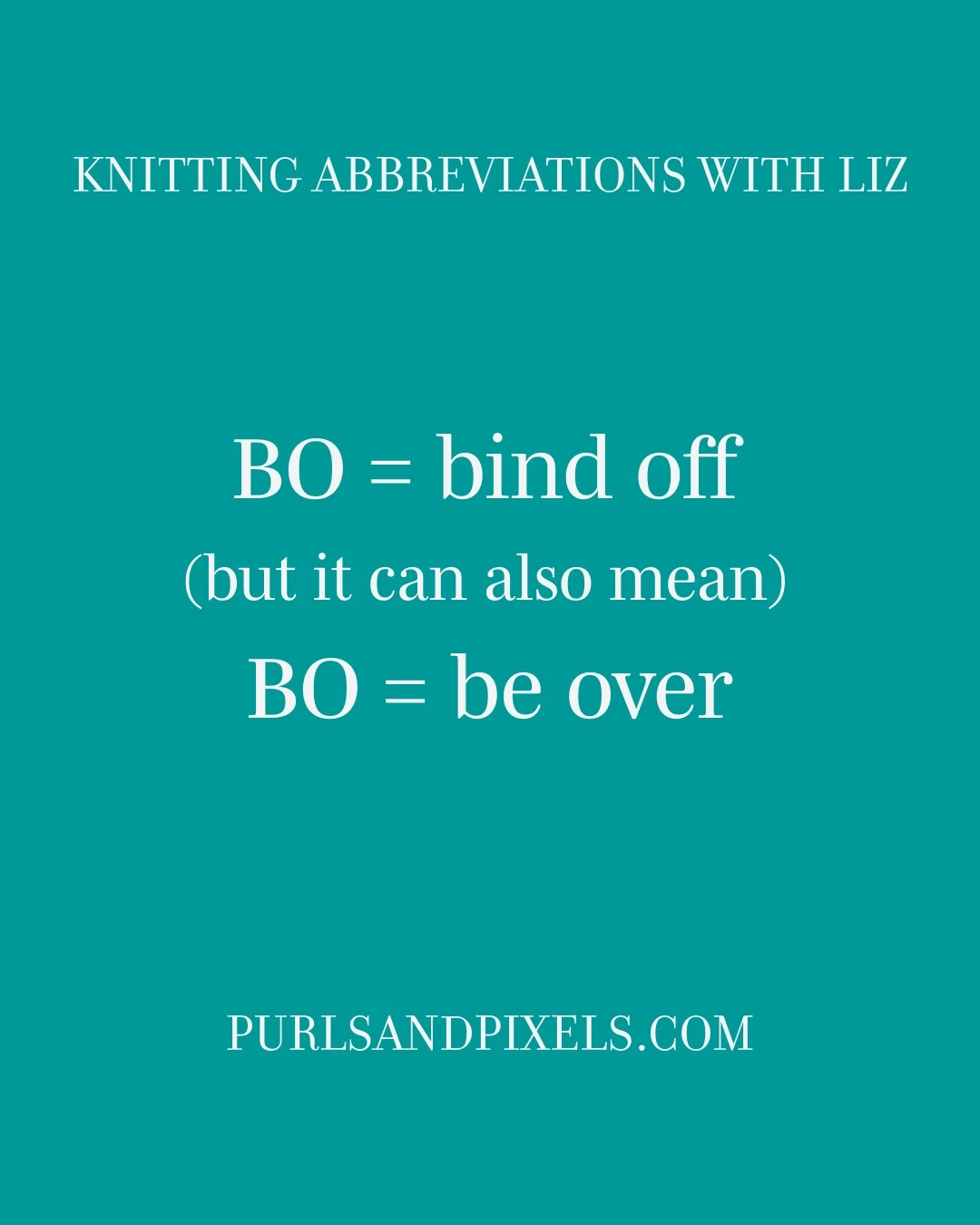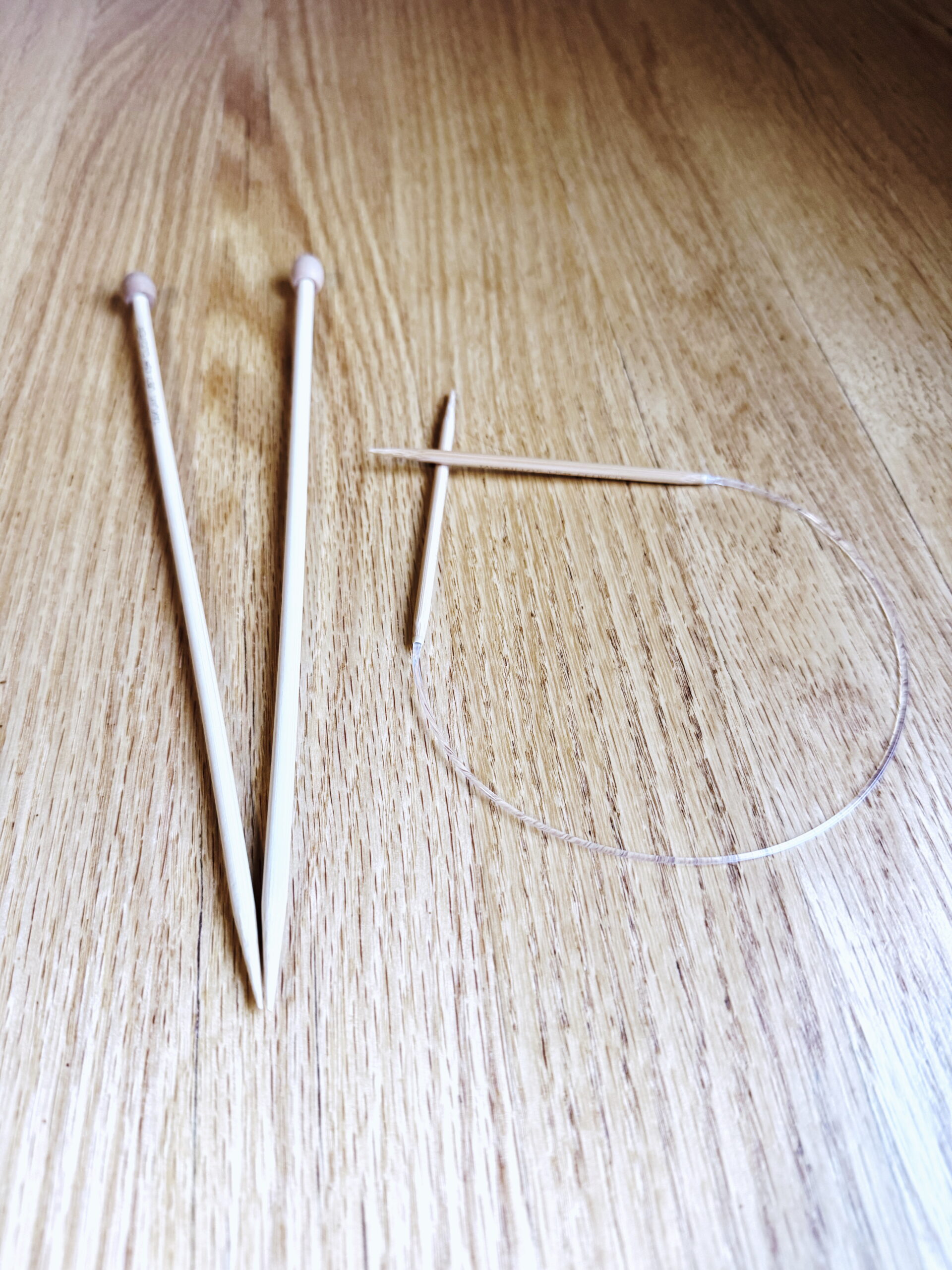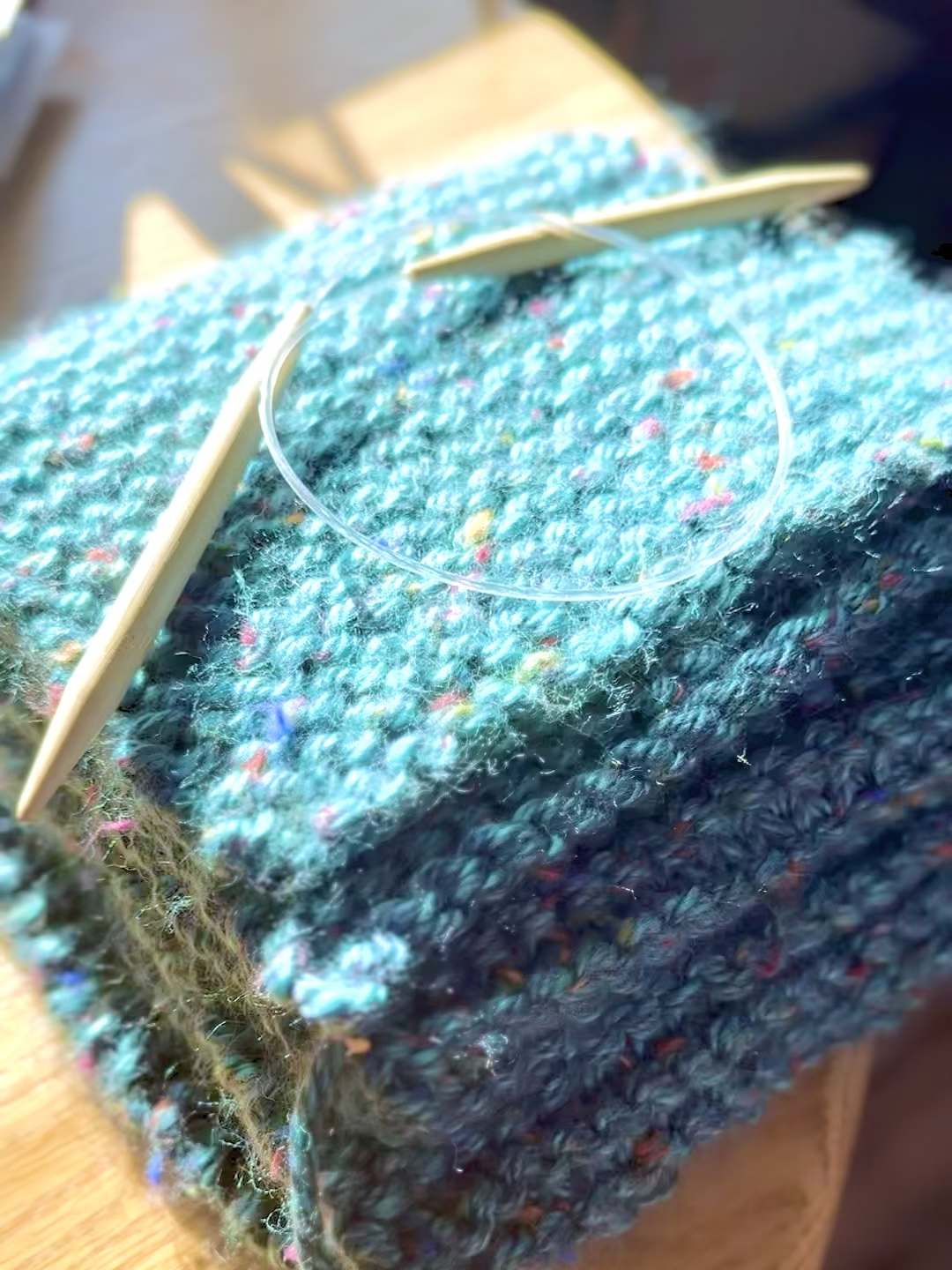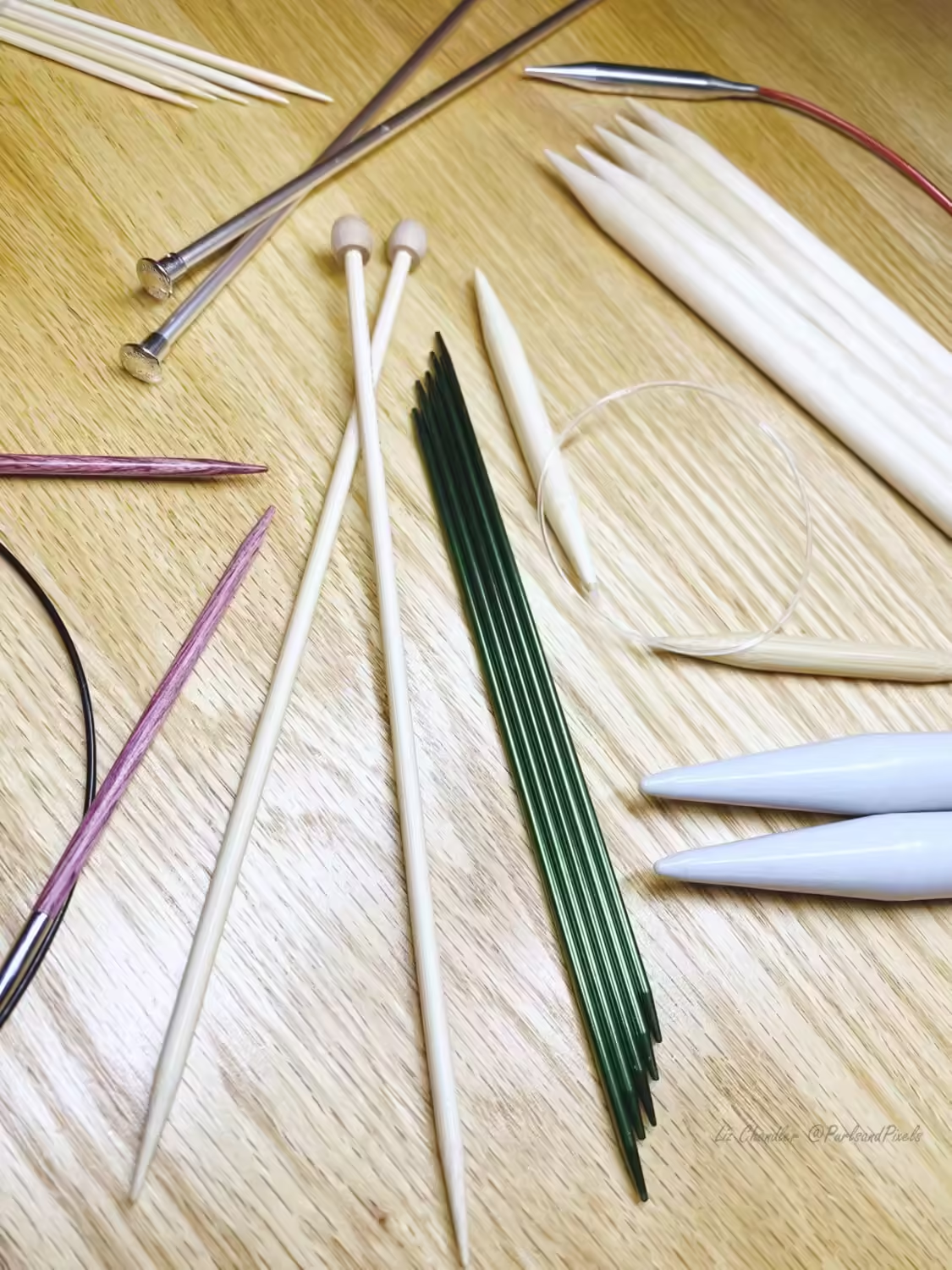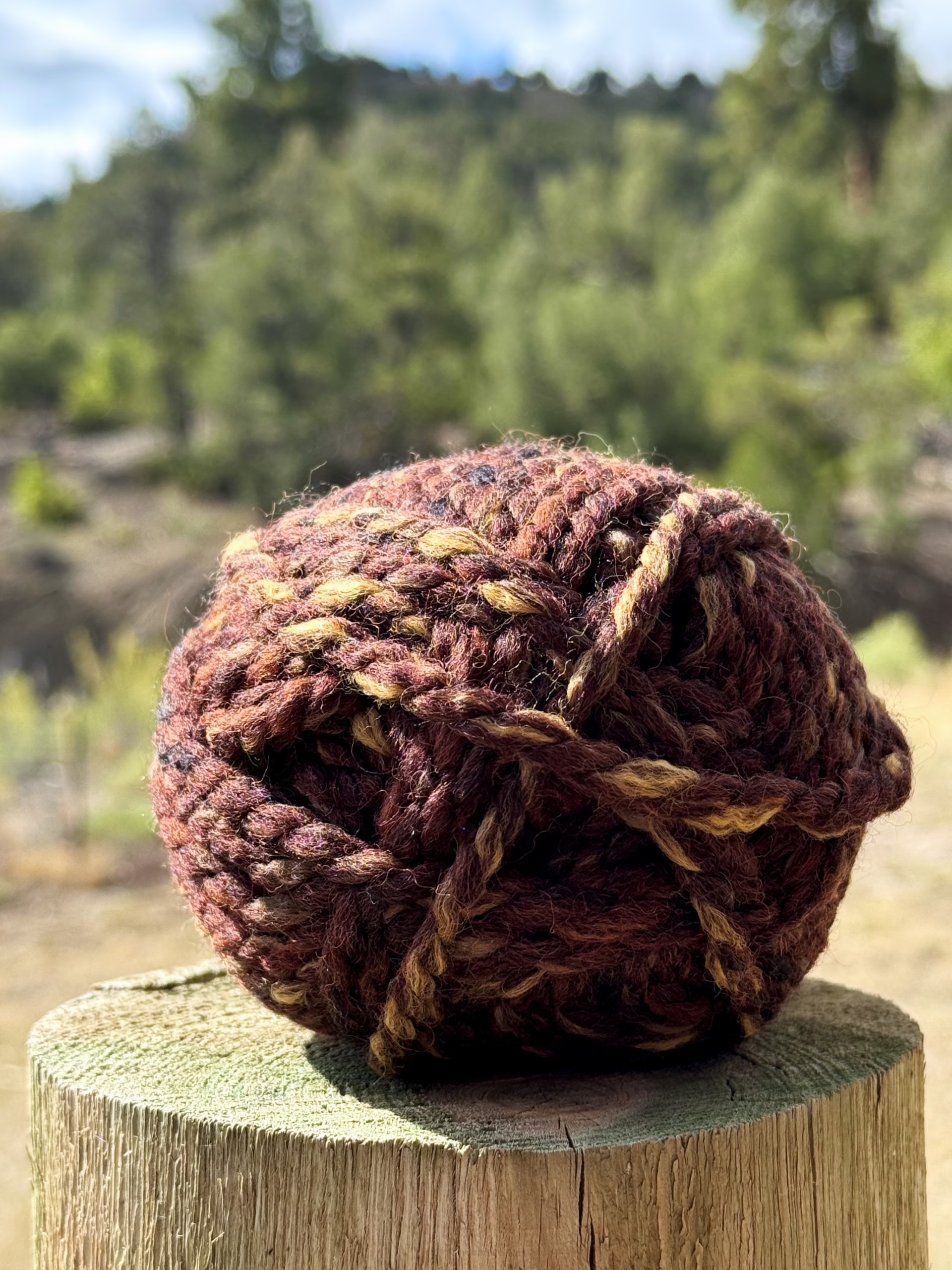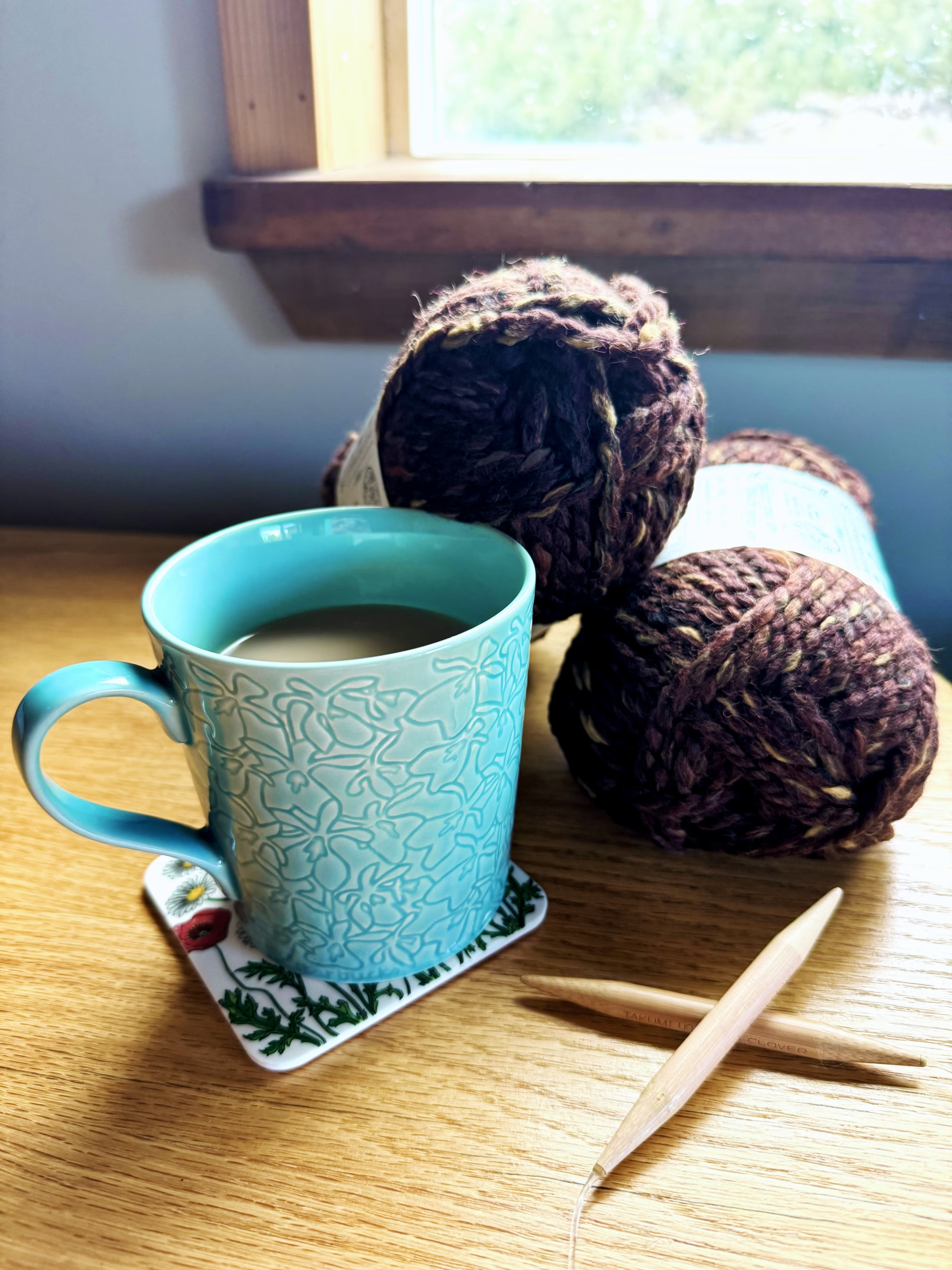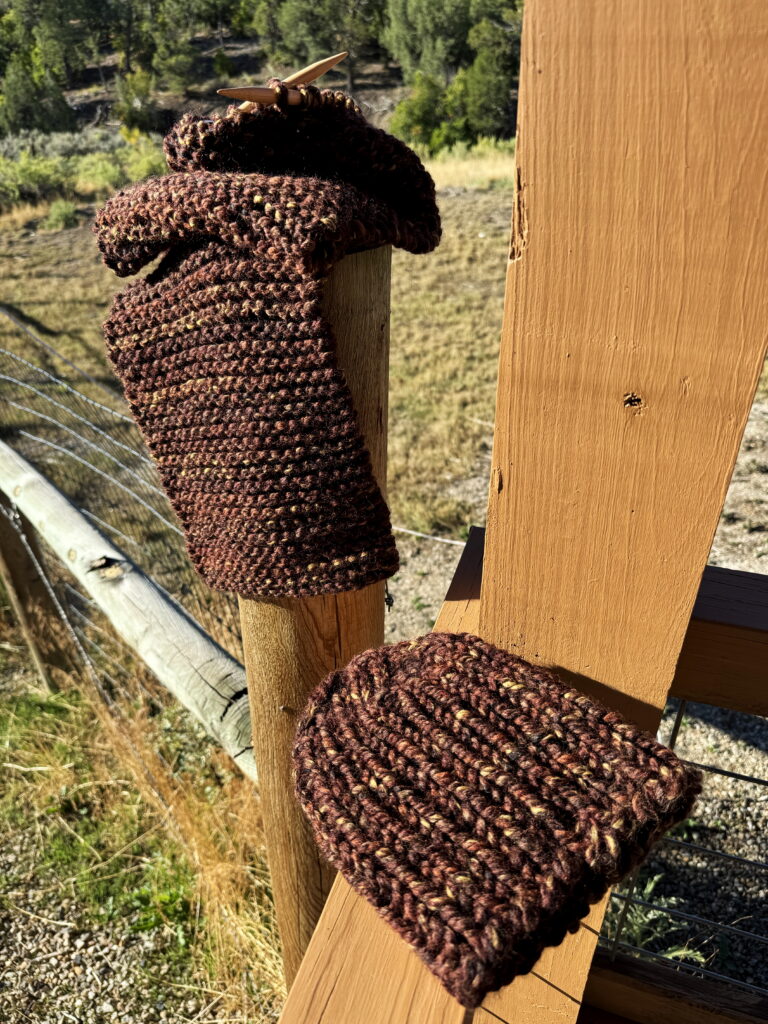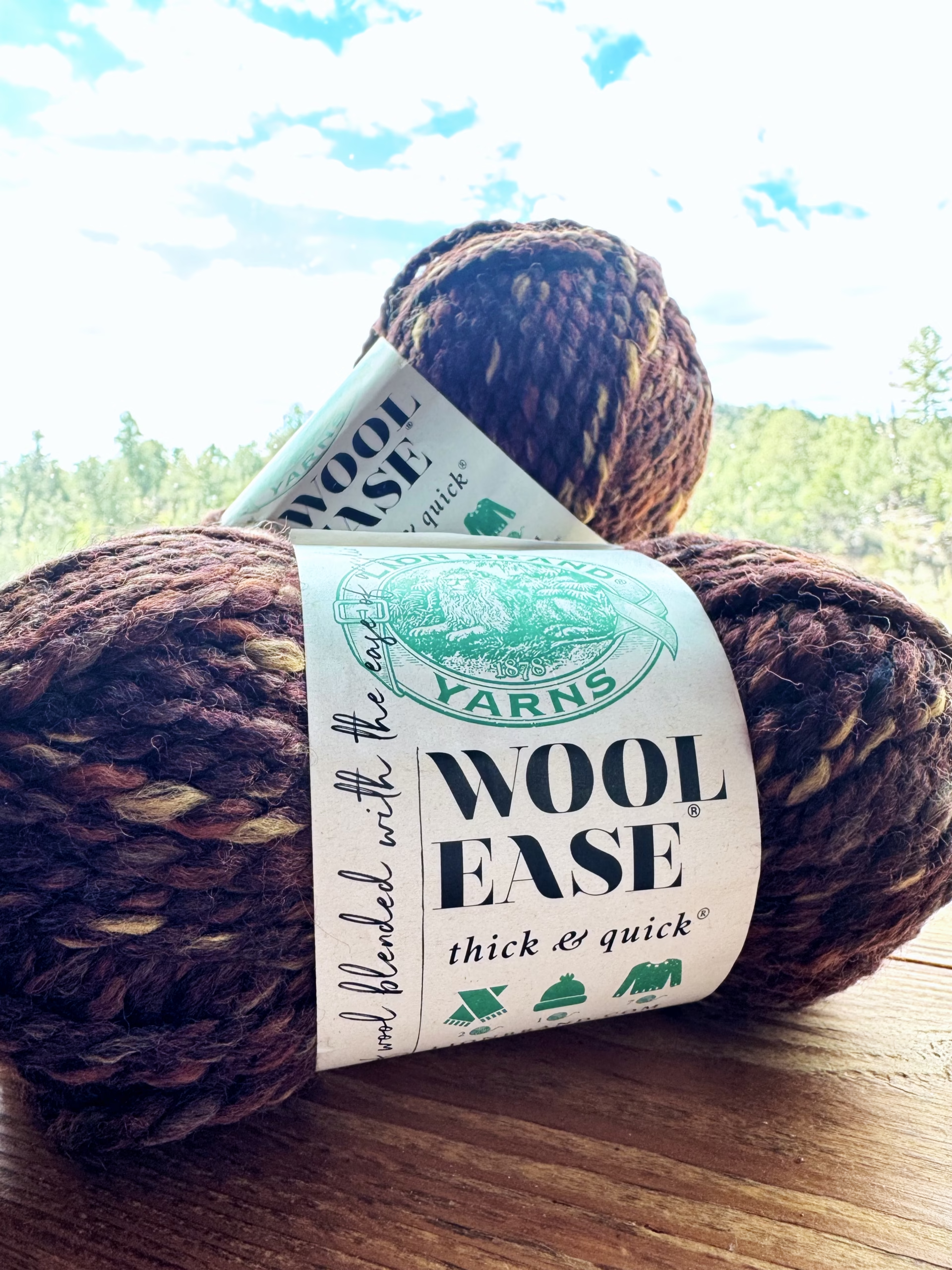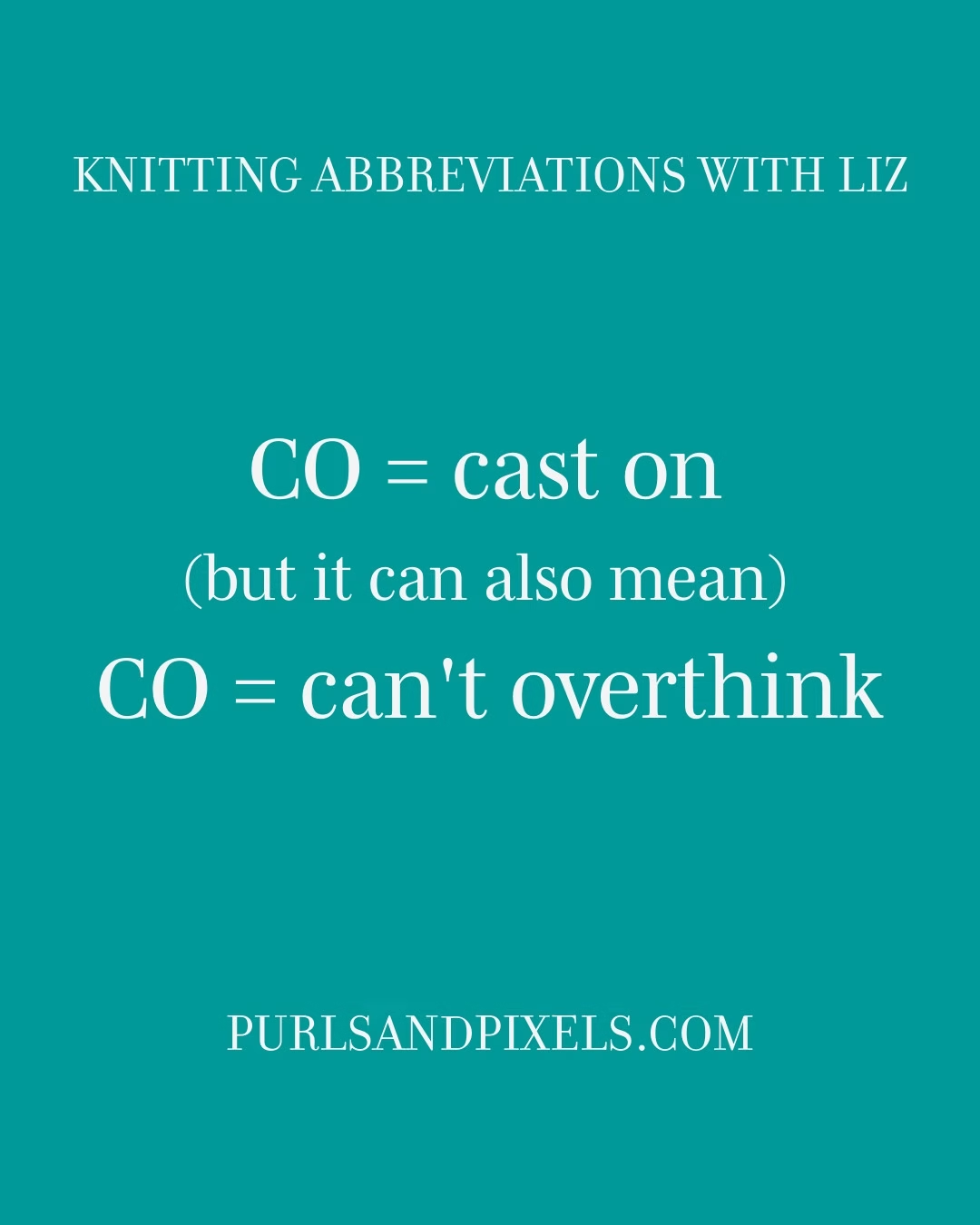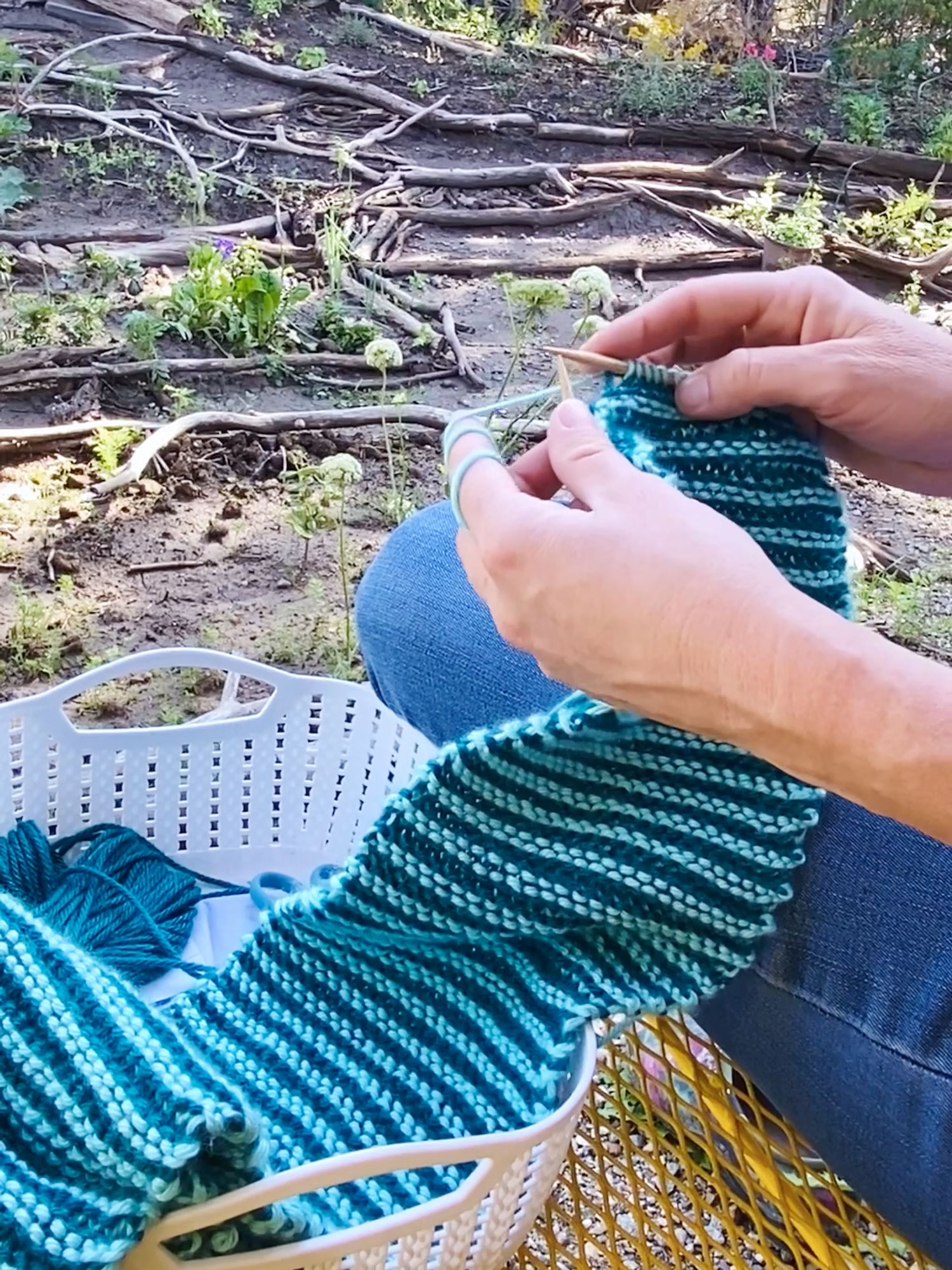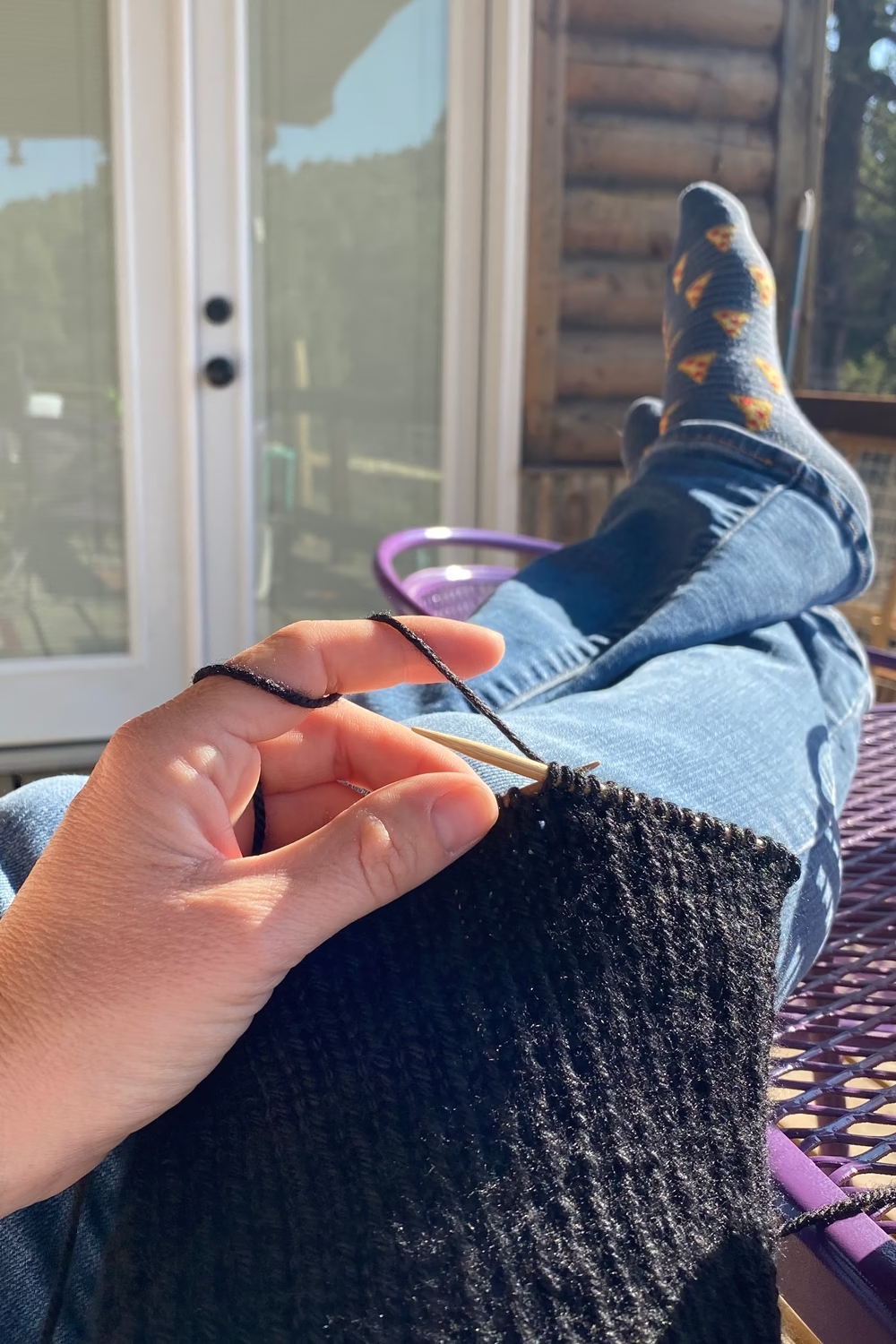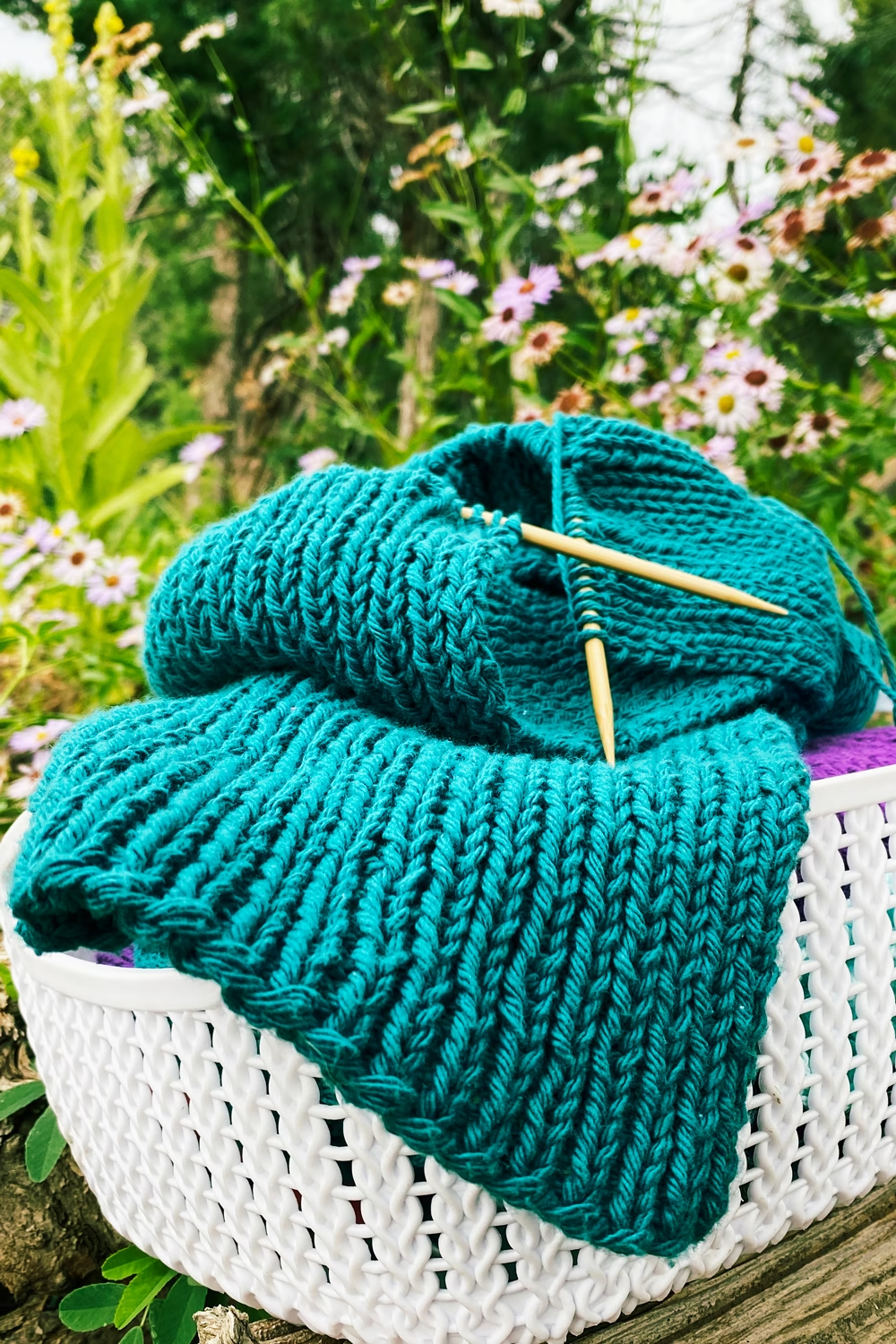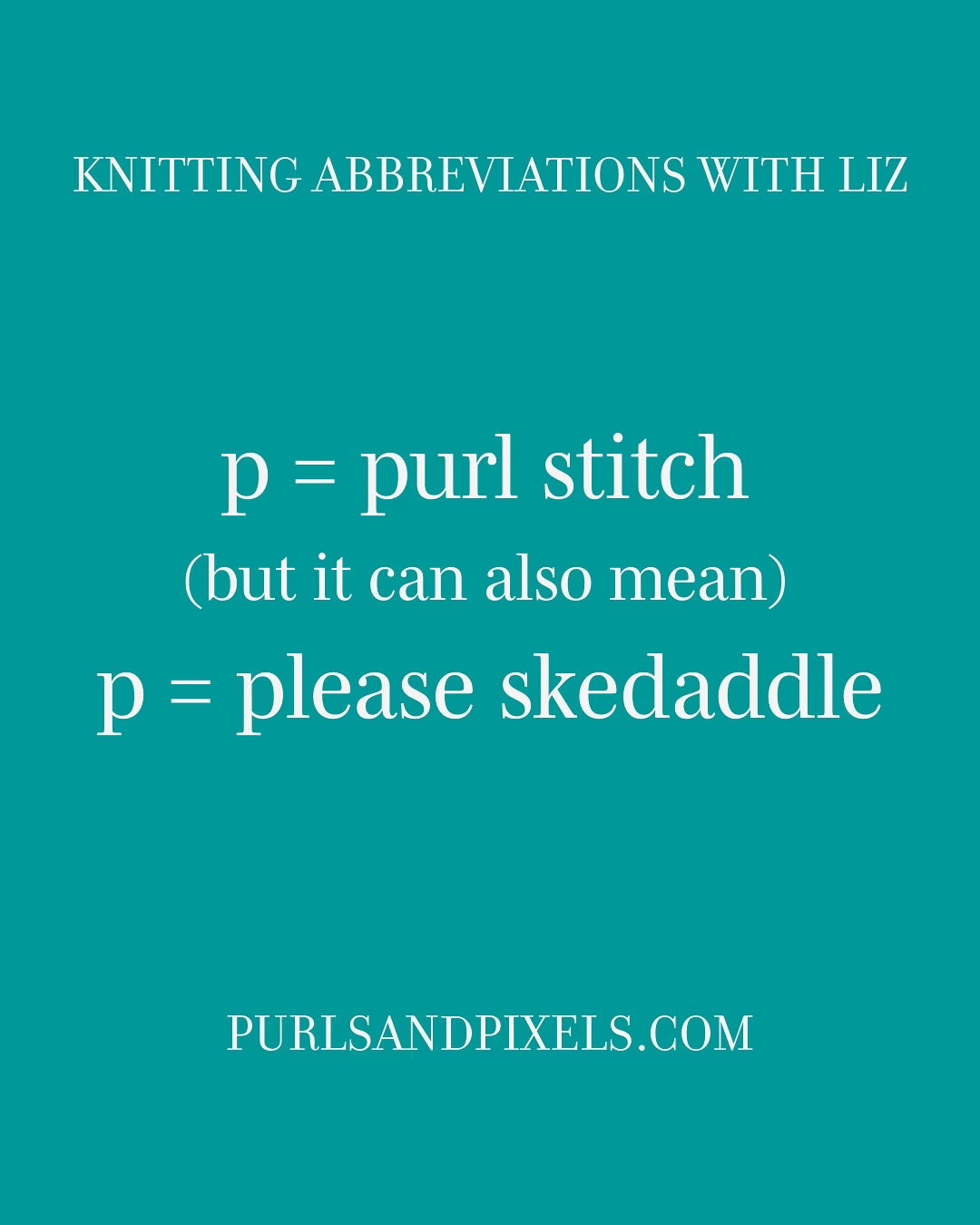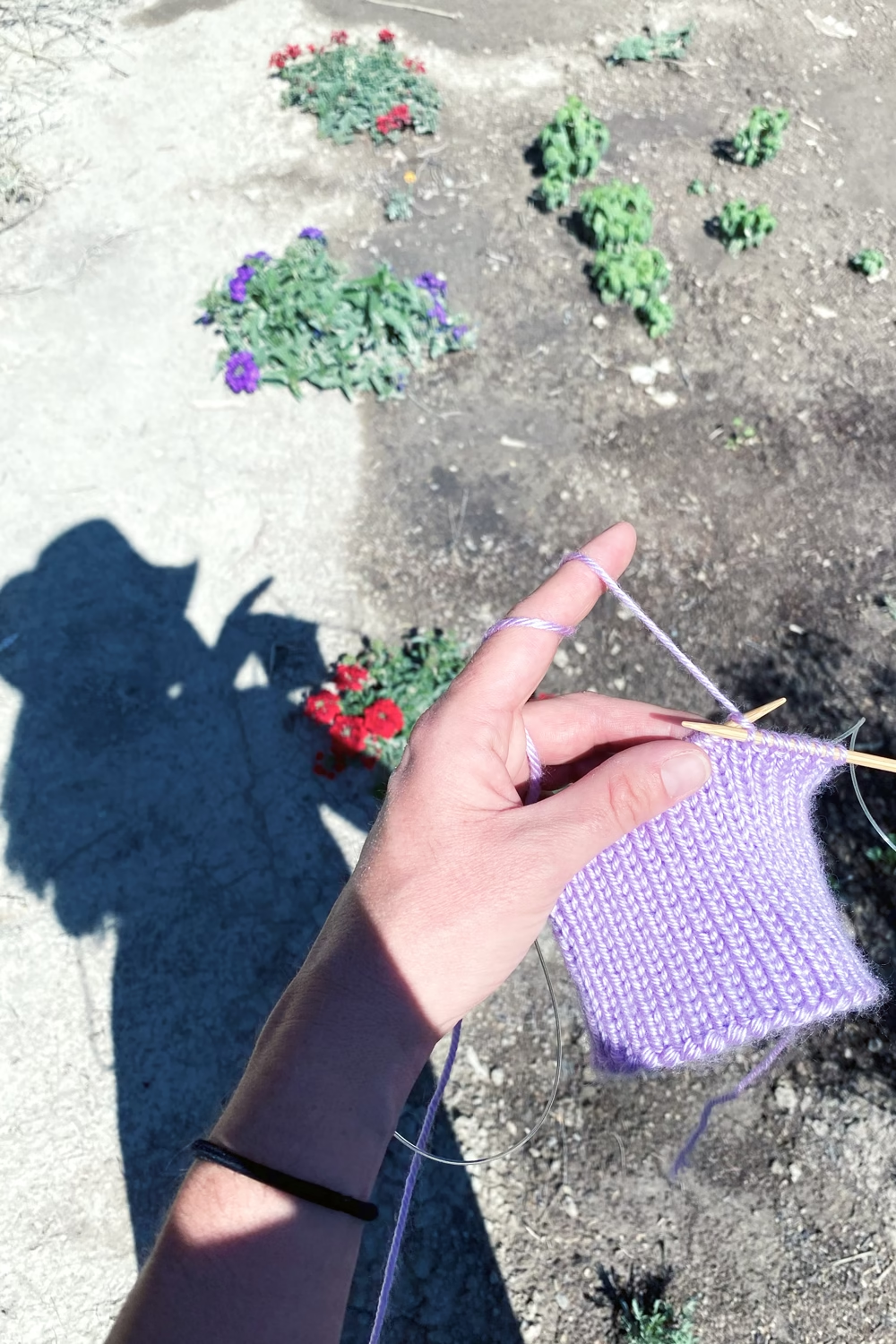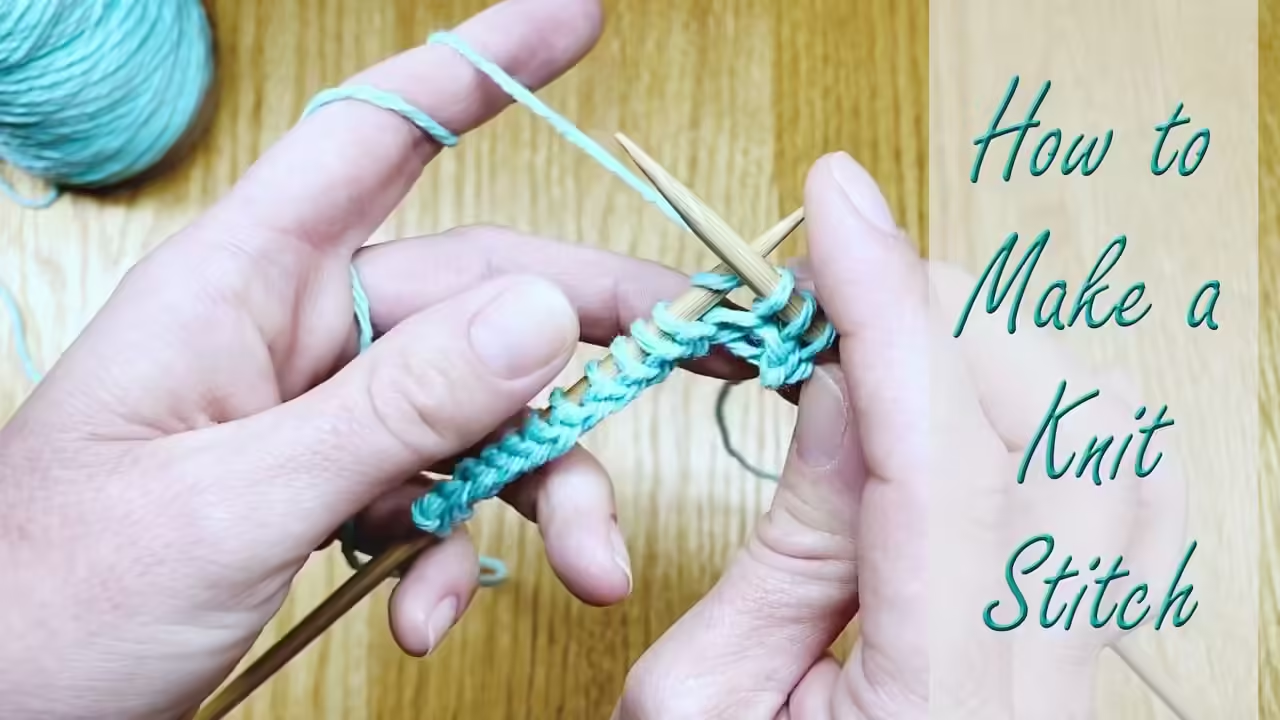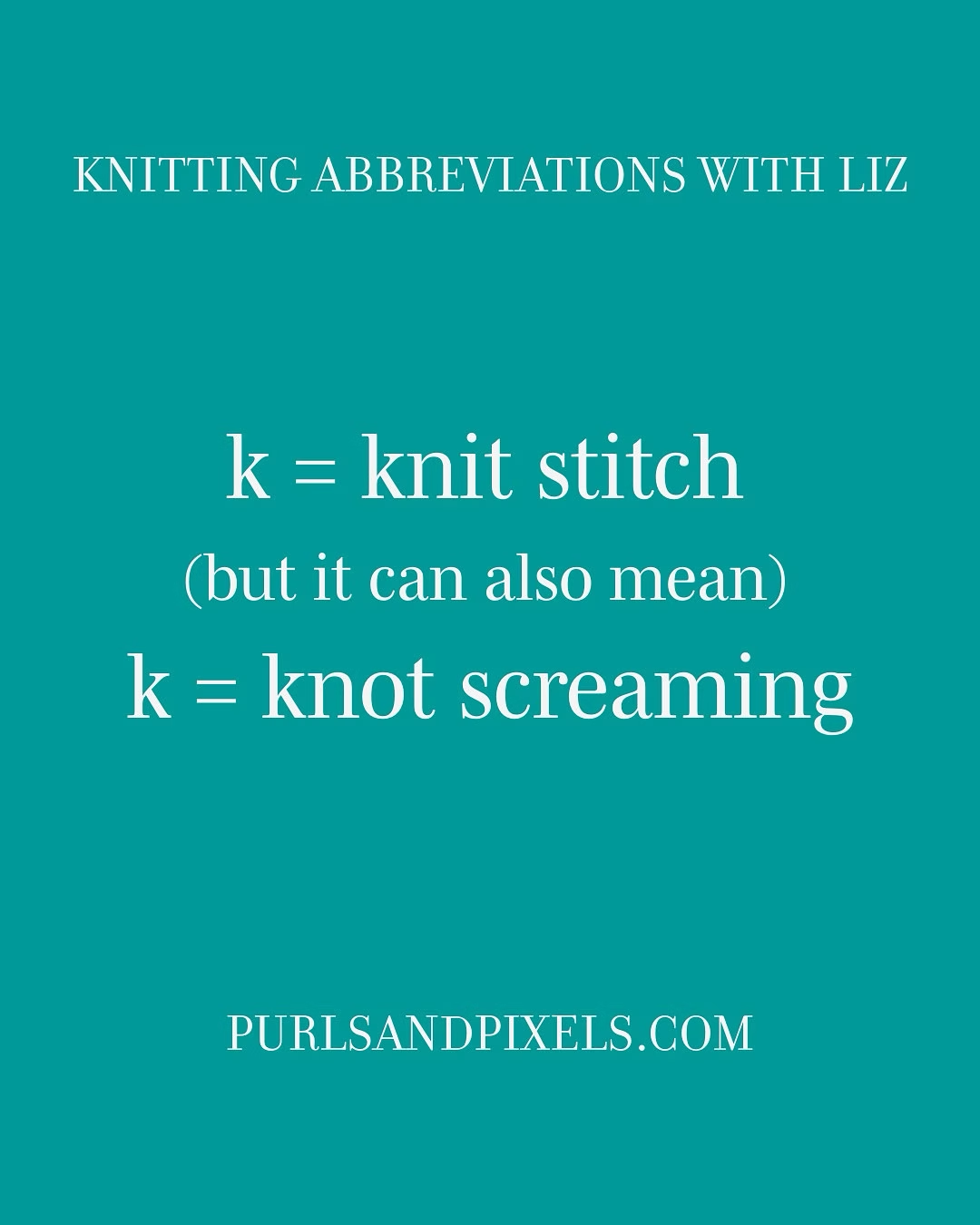Hint: Sometimes It Means Replay This Part 🎵🧶
In knitting patterns, * * marks a repeat. Whenever you see instructions framed by asterisks, it means “do this bit again.”
👉 Example: In a pattern written as *k, p* x 4, you would knit one stitch, purl one stitch, then repeat that pair four times total.
The Real Meaning of * * in Knitting
The asterisks are shorthand for repetition. Instead of writing the same directions over and over, designers put instructions between two stars and tell you to repeat them.
This is how you get ribbing, lace, cables, and all sorts of beautiful textures without filling pages with repeated text.
👉 Want a walkthrough? Check out my free guide on reading knitting patterns.
The Twist: * * = Replay This Part
Repeats can feel like déjà vu, but think of them like hitting replay on your favorite song. You already know the beat, you already love the rhythm, and now you’re just vibing while your needles do their thing.
Each repeat brings your project closer to harmony. It is muscle memory, rhythm, and a little bit of art all rolled into one.
So when you see * *, think of your knitting whispering: Replay This Part. Because sometimes, the best parts are worth doing again. 🎶
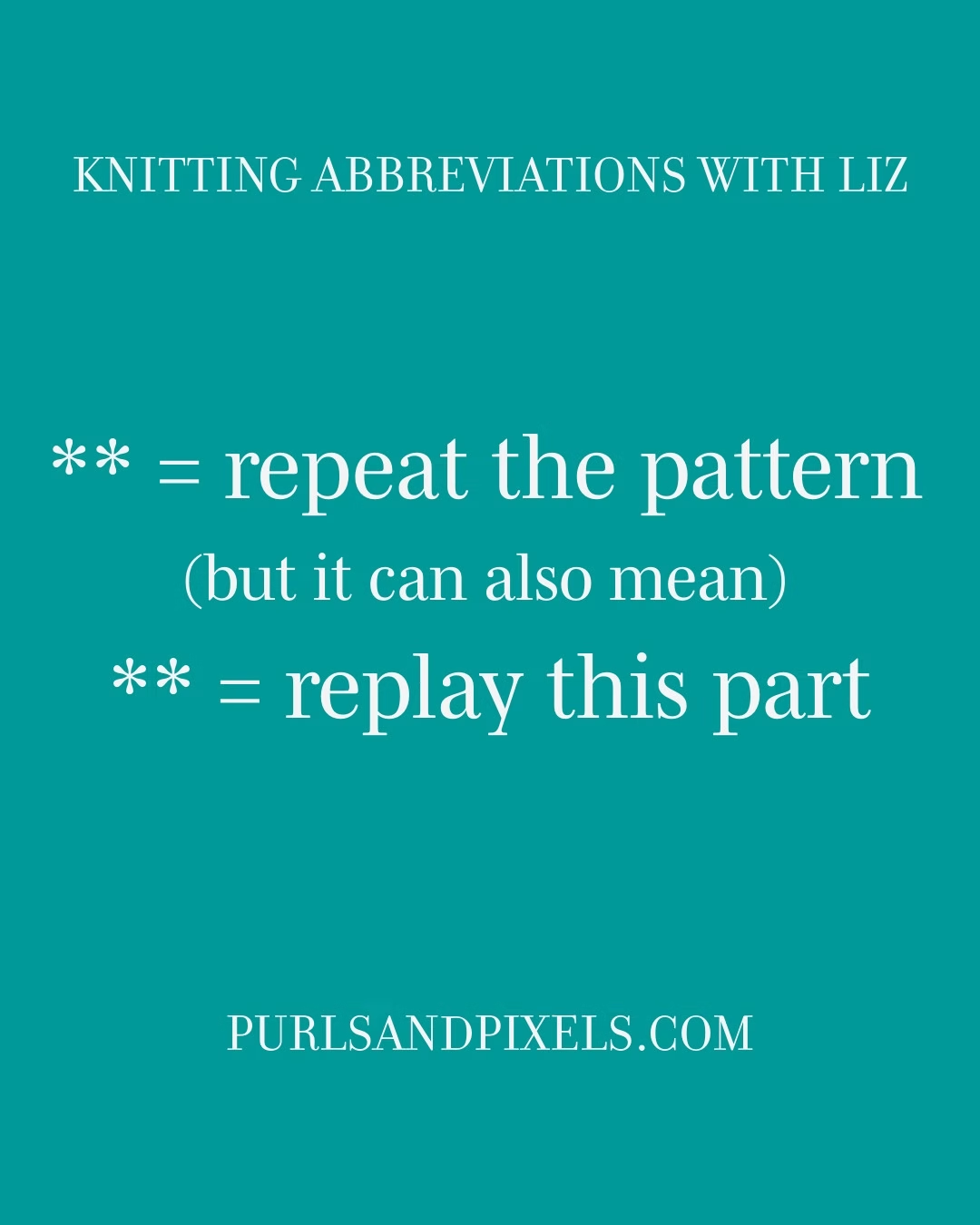
Why Repeats Matter for Beginners
Repeats are what make patterns flow. Once you can follow the stars, you can handle anything from a simple ribbed scarf to a detailed lace shawl.
✨ Want to practice? Try these projects with easy repeats:
These projects use knit and purl combinations with repeats, making them perfect for building confidence.
📚 Knitting Pattern Library: Explore more patterns
Find More Abbreviations
Visit the Knitting Abbreviations Main Page to see the whole series.
What’s Next?
Now that you know * * = repeat the pattern (and sometimes replay this part), you are ready to keep exploring knitting shorthand. Next up: more abbreviations that unlock advanced textures and designs.
🧭 Explore the other knitting abbreviations.
👉 Do not miss the rest of the series. Sign up for my email updates below and I will send the next lesson straight to your inbox!
